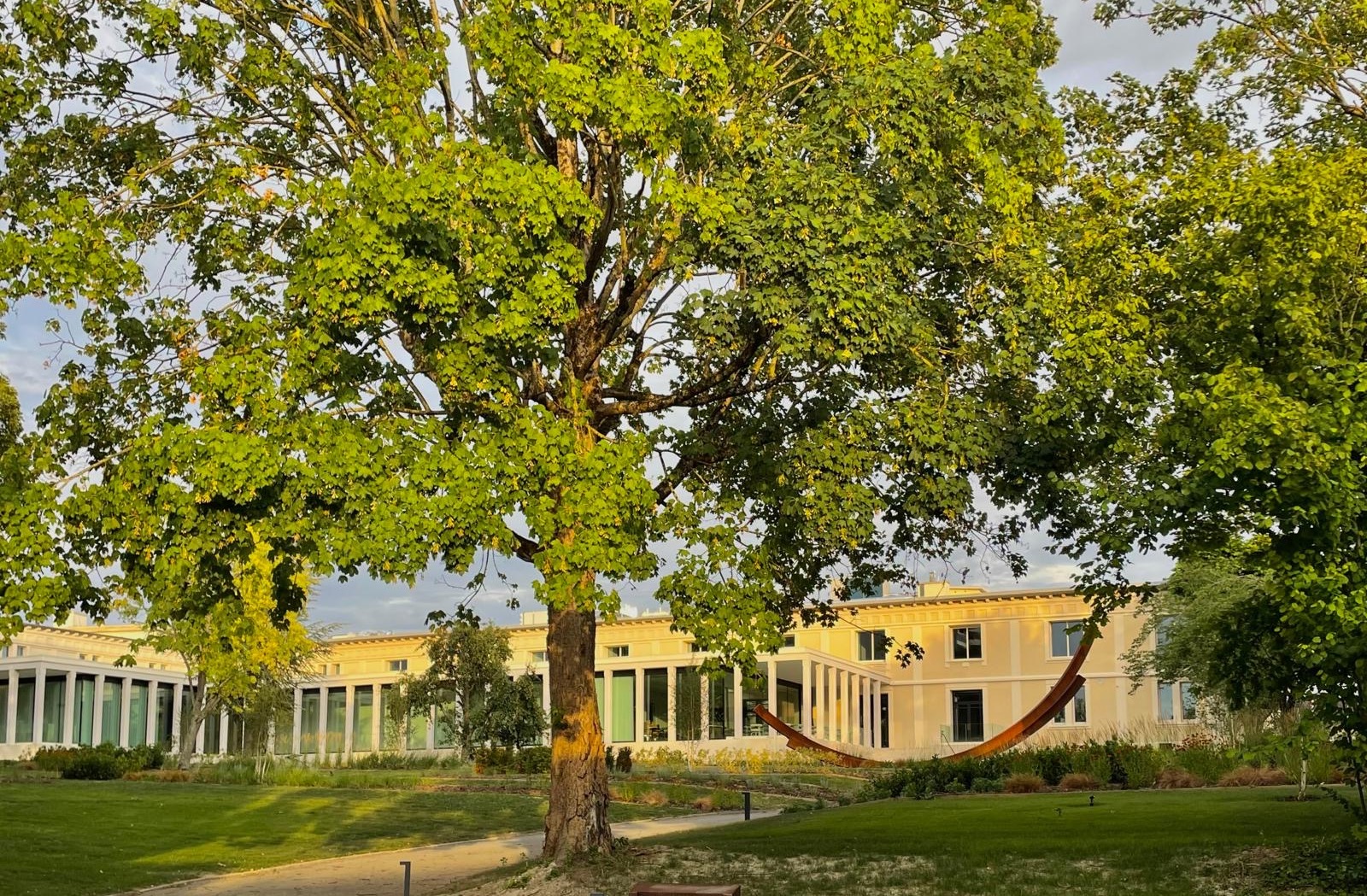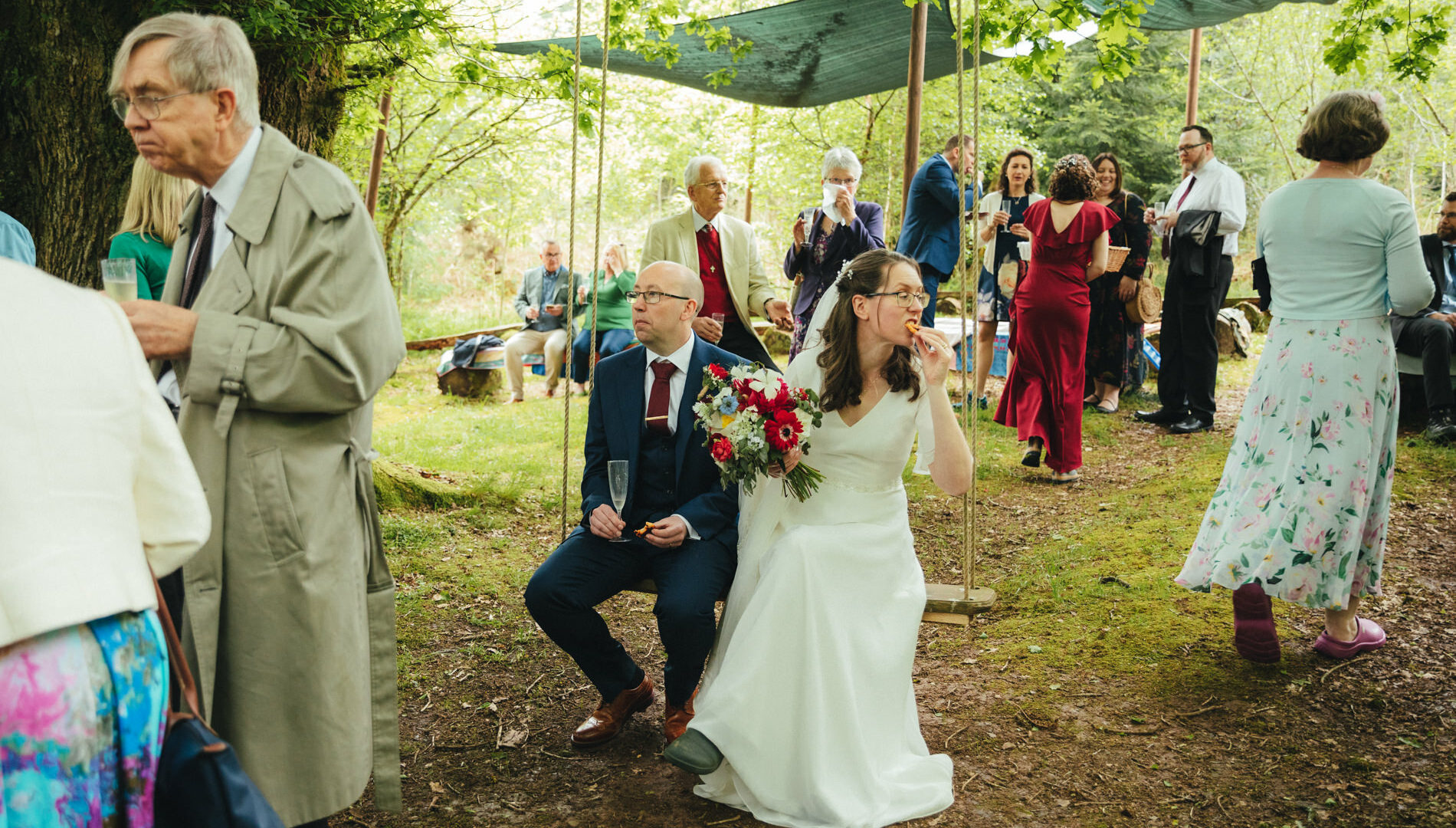The fairy who leaned over her cradle was wildly intractable…. Born to a middle-class family in the Isère region, Isabelle Collin Dufresne had an unorthodox life – to say the least – as an adolescent: in and out of reformatories, and even socializing with an exorcist, a priest hired by her parents to “deliver her from evil.” That same fairy must have brandished the wrong wand… She gave Isabelle a second chance, sending her to the United States where a fascinating life awaited her. She would be the muse to both Salvador Dali and Andy Warhol. Isabelle Collin Dufresne later transformed herself into Ultra Violet, a renowned plastic artist. She would devour life in the Big Apple to the fullest. Her name was more than a simple cosmic affectation. Looking somewhat like Ava Gardner, with her wild, wavy hair dyed with berry juice and her ultraviolet clothing, she was the very incarnation of the psychedelic movement.
A glorious revenge on the religion of her early years, she fled her trying adolescence and, more importantly, a distant and aloof father. “The only time he ever really gave me an affectionate hug, was the day he was drafted into the army in 1940,” she says sadly. This lack of fatherly love would drive the young woman to run wild in an effort to shock her well-to-do “bourgeois Catholic” family. René Capitant, her uncle, was the minister of Education and great friend to General de Gaulle. She spent her summers at the family classical-style mansion with chalk-white walls and patios overlooking the Mediterranean. But she suffered excessively from her father’s chronic apathy. The frustrated young girl needed attention, to have people look, listen and love her. Provocation proved to be the instrument she used throughout her life. People will think the world of me, she swore to herself secretly. While at a convent, she lit a cigar with a bank note just to taunt the nuns. On another evening, a scandalously made-up young Isabelle absconded from the convent and wandered from one bar to another. And this, at the tender age of 13. Her parents struggled to control her rebellious spirit. Reformatories and her hunger strikes wouldn’t change a thing.
In 1953, at the age of 18, she was “shipped” to her older sister, Catherine, in New York. The cultural counsellor at the French Embassy hired her to welcome visitors. Isabelle visited galleries and museums, never missing a vernissage. Art was her passion. Her many relations introduced her to New York high society. Isabelle dined with Aristotle Onassis and Maria Callas, and bumped into Russian ballet diva Rudolf Nureyev, the eccentric billionaire Howard Hughes, the notorious Truman Capote… Some of whom shared her bed. New York has always loved sensational superstars and would soon take the young French woman to its bosom. In 1960, Mafalda Davis, a former lady-in-waiting to the Queen of Egypt, asked her to stop by the St. Regis Hotel to deliver an 18th-century enamelled Russian spoon to Salvador Dali.

It was love at first sight. Two born firebrands had found each other. The master of surrealism wasted no time in undressing her to immortalize her as Isabelle removed her pastel blue, pink and gold Chanel suit. Dali teased her and gave her chocolate-covered ants to eat. A sensational and dramatic alliance lay ahead. She often thought about the delicious tickling of his oiled moustache. She was his model, his friend, his lover.
In 1963, the Catalan painter introduced Isabelle to Andy Warhol, a young artist who lived cloistered in the Factory, reconverted into a studio entirely decorated in silver. The Factory groupies went by the motto “anything goes”. Between the gay albino whose synthetic wig was snap-buttoned to his skull and the young miscreant raised in a convent, it was overwhelming attraction and an explosion of ideas, each one more outlandish the next. Isabelle needed to find herself a stage name: Warhol first suggested Poly Ester, but she opted for Ultra Violet after having read an article in the New York Times on the light in outer space. To become the superstar of the Factory, she adopted a deliberately provocative look with torn dresses and beet juice on her lips to be in perfect harmony with her new name: “I am Ultra Violet and it is light that runs through my veins”. The woman who was the extravagant muse of Andy Warhol, the pope of Pop’Art, the artist-provocateur, enjoyed much more than her 15 minutes of fame. She lived for some twenty years alongside the artist whose star first began to shine the day a tin of soup became a work of art to the glory of consumer society. At the Factory, Ultra Violet met Jane Fonda, Mick Jagger, Jim Morrison and John Lennon, to name just a few.

Endless nights merged together under the relentless rhythms of the Velvet Underground, the raucous group founded by Lou Reed. After making her screen début in Warhol’s second movie “I, a Man” (1967), also staring Nico and Valerie Solanas (who would later shoot and gravely would Warhol); she would also play a part in the legendary “Midnight Cowboy” (1969) with Dustin Hoffman and Jon Voight.
She ran after love; she would find the decadence of the era. She gave press conferences in the nude, lying in a bathtub filled with milk. How many other devotees of the Factory went down in flames, struck down by an overdose, during those years of nocturnal carousing? Ultra Violet would end up drifting away from it all. In 1973, she had a near-death experience, which she blamed on her excesses from the previous decade. Condemning the widespread use of drugs and the Factory’s unbridled egotism, she became a member of the Church of Jesus Christ of Latter-day Saints.
At Warhol’s death in 1987, she was nothing more than a shadow in his past. As if freed from her mentor’s influence, she launched her own artistic career. She devoured sacred philosophical texts in an effort to treat debilitating depression and find the path to redemption. Prior to her death, she presented works relating to the 9/11 attacks, using the Roman figures IX and XI as a graphical palindrome, and also showed works featuring Mickey Mouse iconography, a character she often represented with the wings of an angel.
Ultra Violet died in Manhattan in 2014, leaving the mortal world to join the land of psychedelic fairies.





